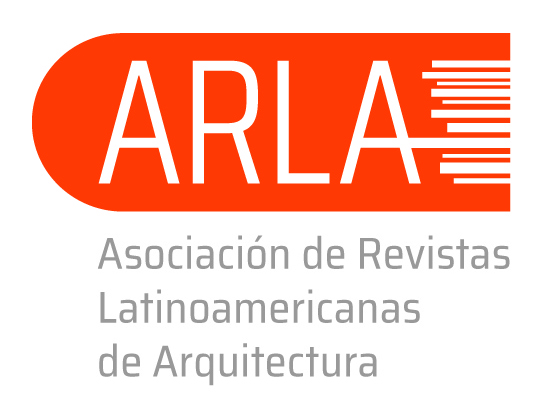Projecting the future by reusing the past
The case of Ingeniero White / General San Martín Powerhouse. Bahía Blanca. 1932-2017
DOI:
https://doi.org/10.14409/ar.v8i13.6819Keywords:
industrial heritage; industrial archaeology; degradation; reutilizationAbstract
Industrial heritage represents a recent legacy strongly influenced by social, urban and cultural modifications that took place since the middle of the 19th century as a result of the incorporation of new technologies – generally in the hands of foreign private capitals – for the industry development.
This process began to be replaced by other forms of industrialization since the middle of the 20th century, intensifying along 90’s decade – with strong neoliberal features- ending up in obsolescence and abandonment of those sites and theirs industrial installations: harbor piers, industries buildings, storehouses, powerhouses, railways stations, just to name a few of them.
The present reflexion article intents to deepen the idea of industrial heritage as a historical-cultural process, one of the main pieces of the collective memory and identity of a society. Taking the industrial heritage as a legacy to preserve, the approachement of the case of Ingeniero White Powerhouse –then renamed General San Martin- is presented as representative not only of a rising process and posterior degradation, but also as a project of recuperation. In this aspect, to give a “second life” to the industrial heritage pieces by their reutilization represents an analysis that put in consideration the adaption of the site to the present requirements, trying –at the same time- to conservate its authenticity.
Published
How to Cite
Issue
Section
License
ACCESO ABIERTO
ARQUISUR Revista es una publicación de acceso abierto y sin ánimo de lucro. No se imputan cargos por la recepción, revisión, evaluación, publicación ni acceso a sus contenidos. Se distribuye bajo una Licencia Creative Commons CC Atribución-NoComercial-SinDerivadas 4.0 Internacional (CC BY-NC-ND 4.0): No se permite un uso comercial de la obra original ni la generación de obras derivadas. Esta licencia no es una licencia libre, y es la más cercana al derecho de autor tradicional.
DESCARGO
Los criterios expuestos en los artículos son de exclusiva responsabilidad de sus autores y no reflejan necesariamente la opinión del Comité Editorial ni de la Dirección Editorial Técnica. Los derechos de los artículos publicados pertenecen a sus autores o editoriales. Los autores ceden sus derechos de publicación al Centro de Ediciones de la Universidad Nacional del Litoral de Santa Fe, Argentina.














